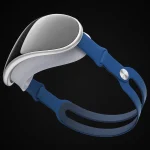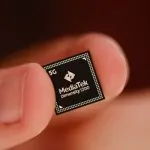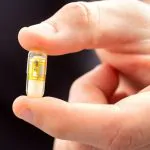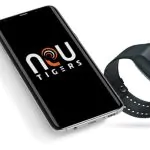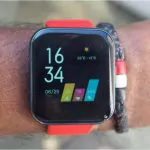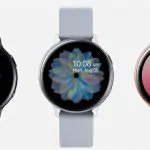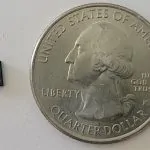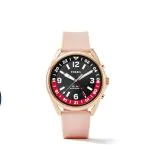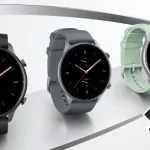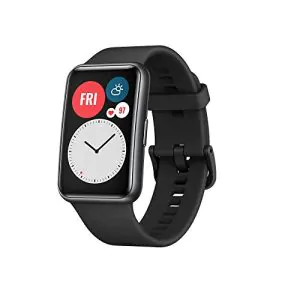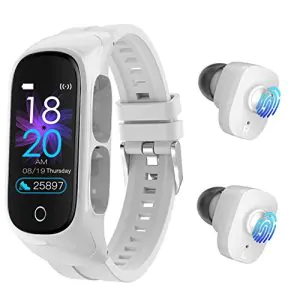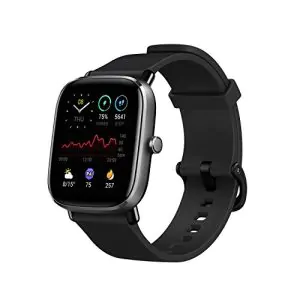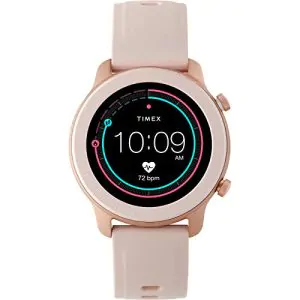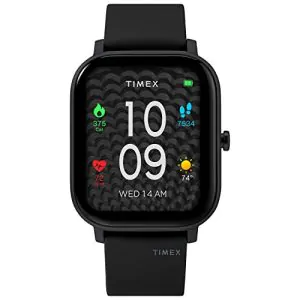
Bandages don’t often get the high-tech treatment. It seems, as a society, we are perfectly fine with our injuries laying under low-tech slabs of plastic or cloth. Where’s the nanotechnology?! Where’s the genetically reinforced bacteria?! The last true bandage innovation was, what, Neosporin? That wasn’t even really an innovation. That was just effective marketing. Well, hang on to your bruised and injured hats because the times they are a-changing.
There’s a new kind of suture coming down the pike, one that comes fitted with micro-thin sensors to monitor the health of the wound, as well as deliver healing heat to the site on the fly. John Rogers, professor of materials science and engineering at the University of Illinois at Urbana-Champaign, is responsible for creating the smart suture. His solution? Two kinds of ultra-thin temperature sensors that are fitted to thin silicon membranes, which are then wrapped around the polymer of the suture. The whole thing is only a few hundred nanometers thick. To keep the smart suture together, scientists use micro-thin films of silicon. Useful and small! Neat.
The smart stitch is undergoing medical trials now. Most of these have seen great success. Rogers and his ilk see a bright, bright future for this technology. The hope is they can be used to deliver drugs directly to a wound and be controlled wirelessly. Imagine a future where you can simply log on to a personalized health monitoring app to check on the status of an injury or to medicate. That is a future worth fighting for.
Here’s a video of John Rogers discussing the early form of this technology at great length.




